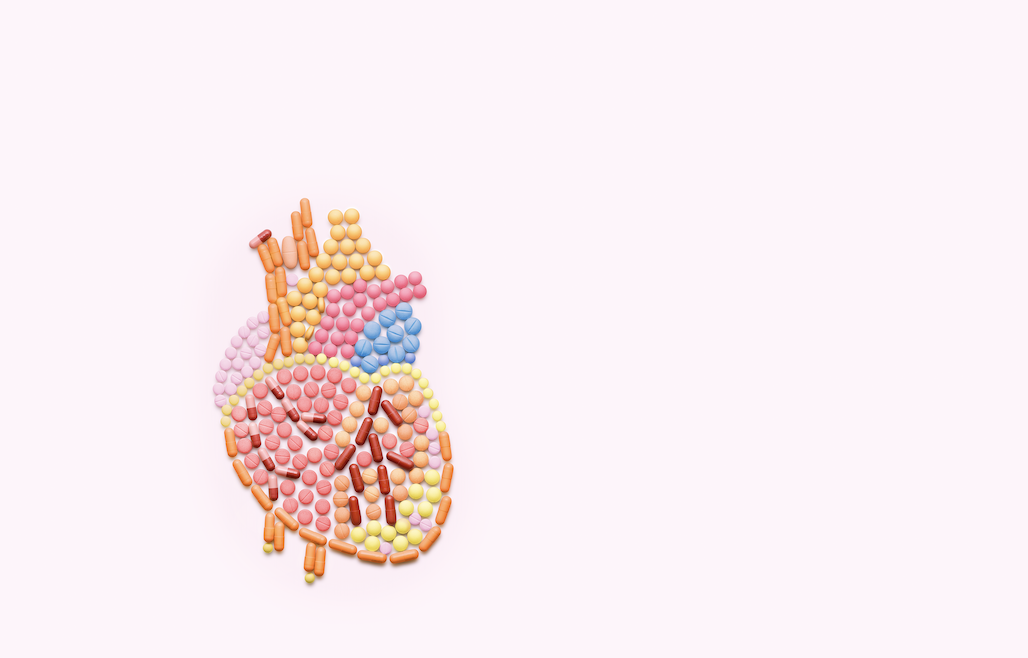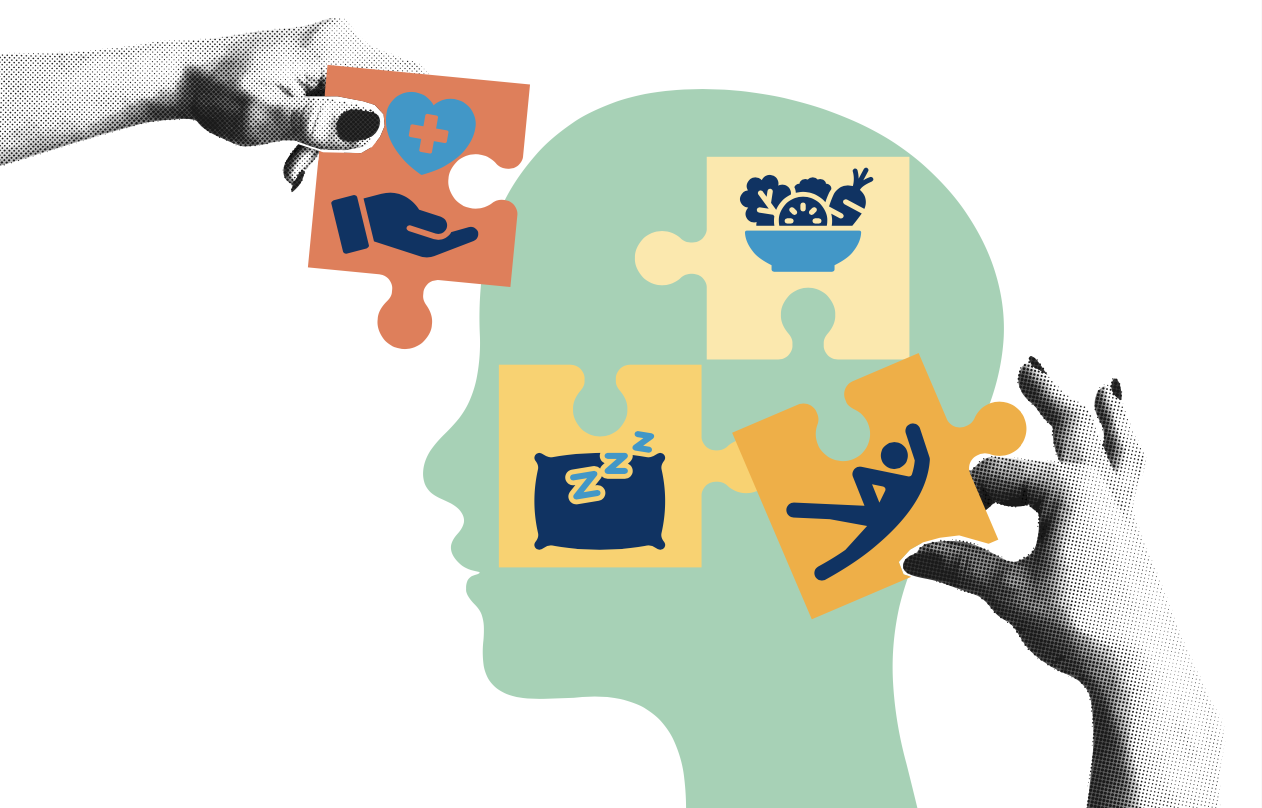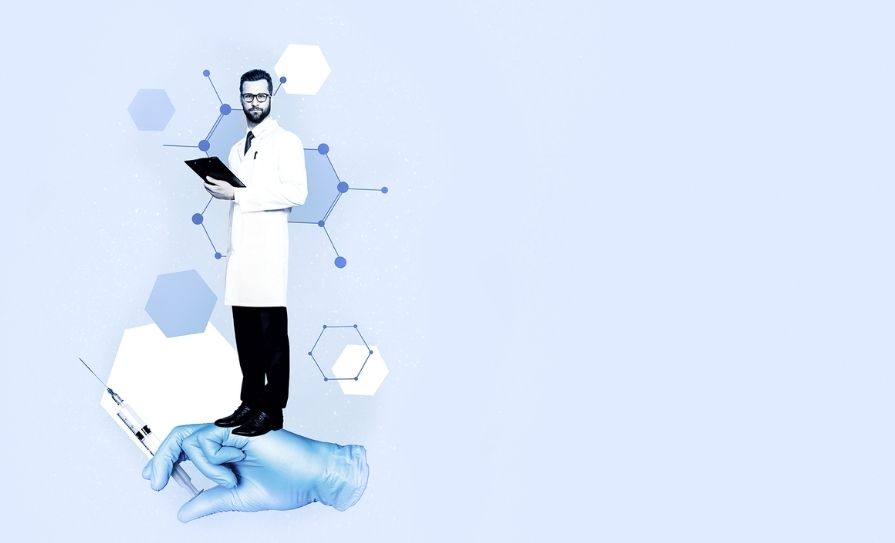THE PERENNIAL PROBLEM OF HEAD LICE REMAINS A SOURCE OF ANXIETY FOR PARENTS AND CHILDREN ALIKE
In the field of pediculosis, there are three main types of louse: Pediculus humanus capitis (head louse), pediculosis capitis; Pediculus humanus humanus (clothing louse, body louse), pediculosis corporis, historically referred to as ‘vagabond’s disease’; and Pthirus pubis (crab louse, pubic louse). Thankfully, the latter two are rarely a problem in modern Ireland, however head lice remain an irritant and a considerable source of stress and inconvenience for children and their families. A louse’s only source of nourishment is obtained by biting the skin of the host and ingesting their blood — the head louse lives, breeds, and lays its nits (eggs) at the base of hair shafts and normally feeds on human blood every four-to-six hours. Research has shown that body and head lice host the same primary endosymbiotic bacteria (Candidatus riesia pediculicola) that supply the lice with B-vitamins, which are absent in human blood. Body and head lice are currently considered as ecotypes of a single species, rather than two distinct species. Head lice infestations are most common in four-to-10 year-olds and if it is the parents’ first child, they may particularly benefit from advice in the pharmacy on how to control and eradicate an outbreak. Patients at the pharmacy counter should be reassured that a head lice infection does not mean that their child is ‘dirty’, as infestation can occur among even the cleanest children.
DETECTION
Parents’ suspicion should be aroused if their child is scratching their head excessively. This intense itch — especially behind the ears or at the back of the neck — is caused by the louse biting the scalp to feed, and when the louse’s saliva is in contact with the broken skin, this causes the irritation that leads to the itching. Parents should also be advised that head lice cannot jump or fly and are mainly spread by head-to-head contact, although sharing combs and hats can also allow them to spread.
The only way to truly identify an infection is by finding live lice or their eggs on the scalp. Adult head lice are brownishgray and crab-like and are approximately the size of a sesame seed. Parents should be advised to go through a child’s hair thoroughly with a fine-tooth comb, preferably after the child’s hair has been washed. When combing, parents should be advised to be thorough on the areas behind the ears and the back of the neck. When an infestation is detected, it is advisable to check the rest of the family and treat everybody in the family if lice or nits are detected. It is most effective to treat all members of the family at the same time. Most schools issue circulars to advise parents when an outbreak has been detected in their school.
TREATMENT
To eradicate head lice in the family, the Hedrin range is a trusted and well-recognised brand with a number of solutions tailored to different needs. Hedrin Once Spray Gel 60ml is clinically proven to kill lice and nits in 15 minutes, without the need for combing. It comes in liquid gel and liquid spray form and is a convenient option for busy parents and is suitable for adults and children over six months old. Eliminates head lice and their eggs in adults and children aged six months and over. It works by physically soothing the lice and also contains Penetrol, which helps the product to penetrate louse eggs in order to kill them. The gel can safely be used as often as required without lice developing resistance. Hedrin Treat & Go Mousse 100ml is another effective alternative, a leave-in treatment that kills lice and eggs within eight hours and can be left in the hair throughout the day or overnight. It is a light, no-fuss formulation that is easily applied, quickly eradicating head lice. Suitable for adults and children aged six months and over.
For prevention, Hedrin Protect & Go Spray 120ml is clinically proven to protect against an infestation and is a simple spray-in conditioner that can be used as often as necessary. This clinically-proven conditioning spray works by killing lice before an infestation can take hold. It can be used regularly whenever head lice are prevalent — especially during social activities such as play dates, parties, sleepovers and when children go back to school. The Hedrin Lice Detection comb is specifically designed for the fine-combing process, while Hedrin 4% Lotion is the original product in the range. It is also clinically proven to kill lice and nits with two treatments, seven days apart. Other options include Nitty Gritty Defence Spray 250ml, which uses a combination of essential oils to deter lice from latching onto the hair strands.
It should be used every day before school, work or play and should be allowed to dry naturally. Full Marks Solution 200ml is specially formulated to kill head lice and eggs in just five minutes. It is effective after one treatment and contains no pesticides, and includes a fine-tooth comb. It should be applied to dry hair down to the roots and left to work for five minutes after application. The Lyclear range includes Lyclear Headlice Repellent Leave-In Spray, Lyclear Sensitive Lotion, and Lyclear Head Lice Spray. Lyclear Head Lice Spray is formulated with mineral oils to dehydrate the lice and nits and is effective after one application, and is suitable for children aged six months and older.







